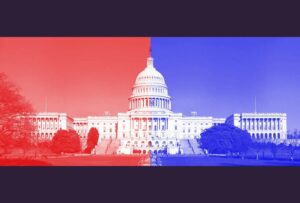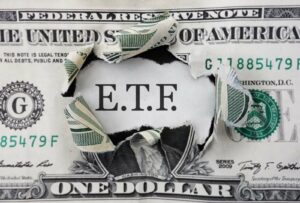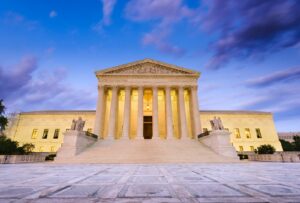Since the mid-1990s, the World Bank has tracked data on trends in governance for the countries of the world. These trends, captured in its World Governance Indicators series, include data that measure the controls on government corruption, i.e., “perceptions of the extent to which public power is exercised for private gain, including both petty and grand forms of corruption, as well as ‘capture’ of the state by elites and private interests.”
In 2018, the United States received its lowest score ever for this measure, ranking below some 25 other nations, including countries such as Estonia and Barbados. This marks a 33 percent decrease in controls on corruption in the United States from its high point (in 2002) and continues a downward trend that began in 2016.





